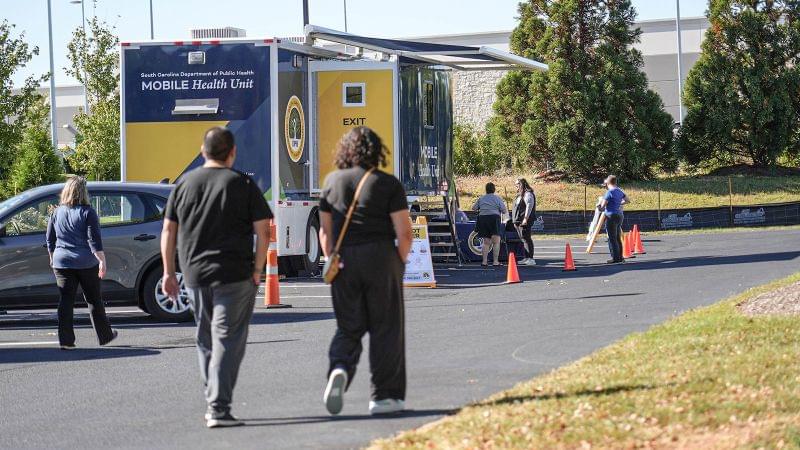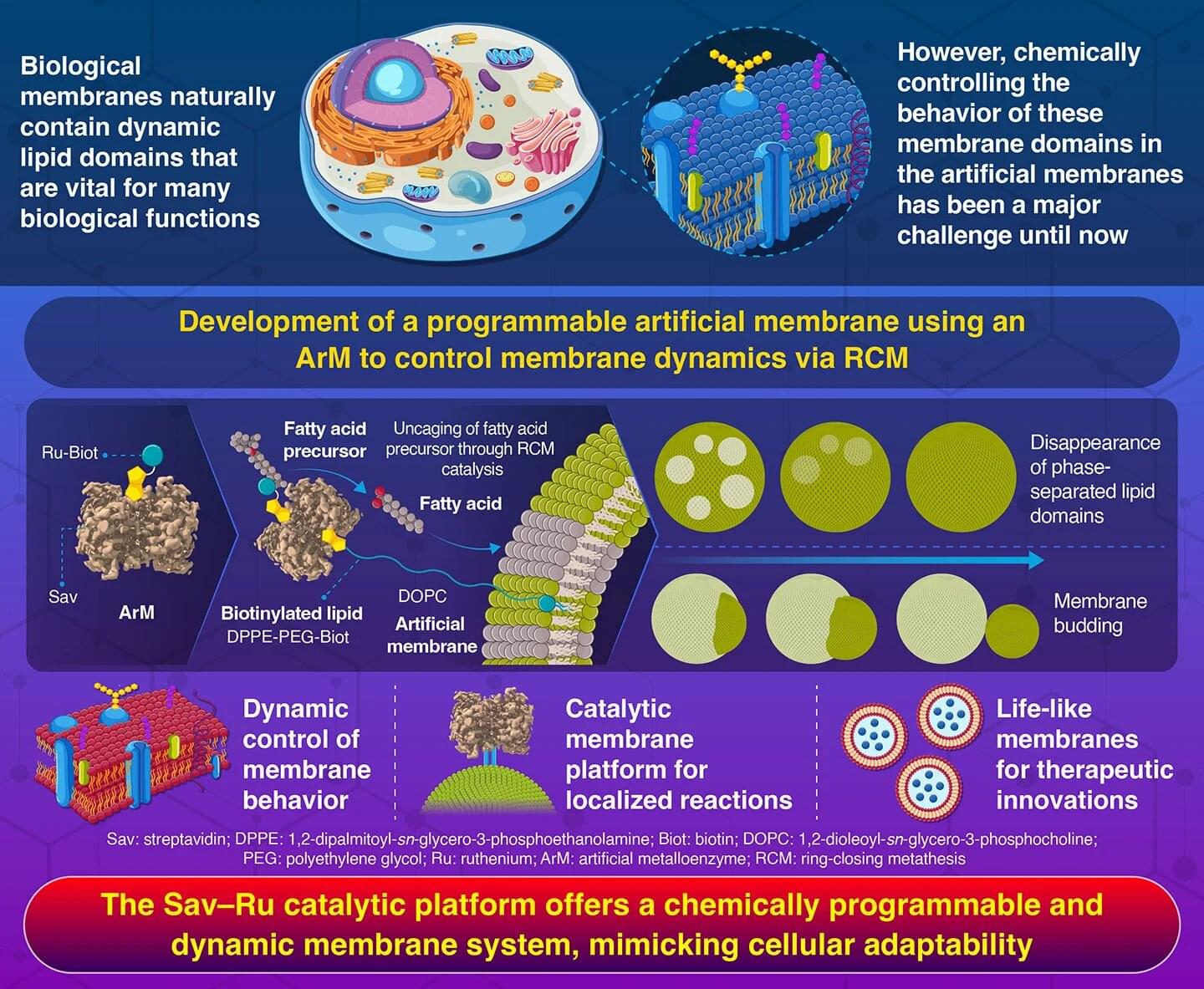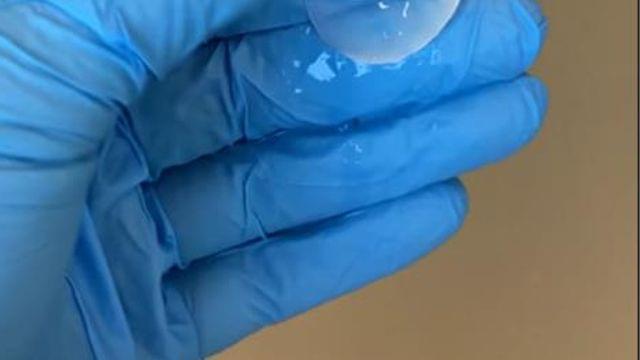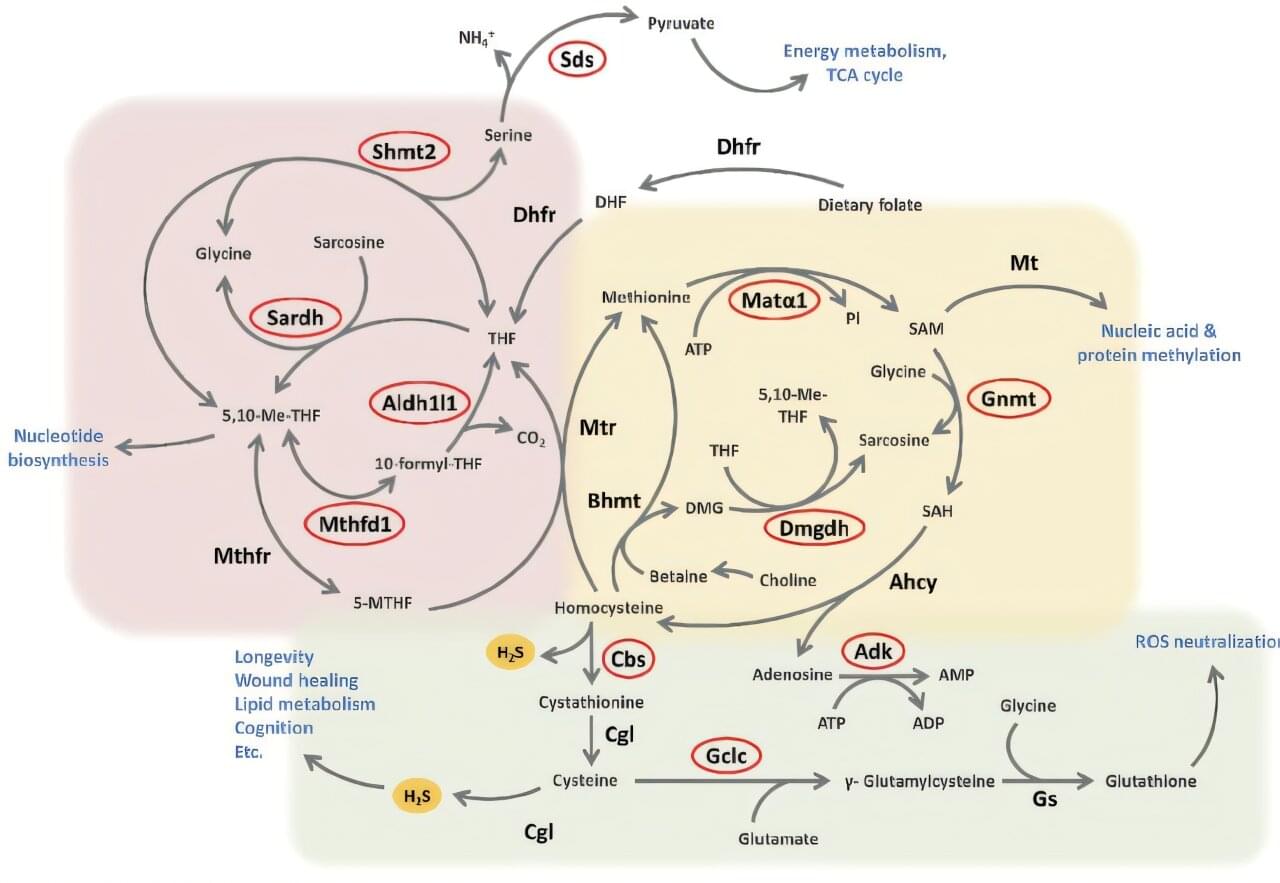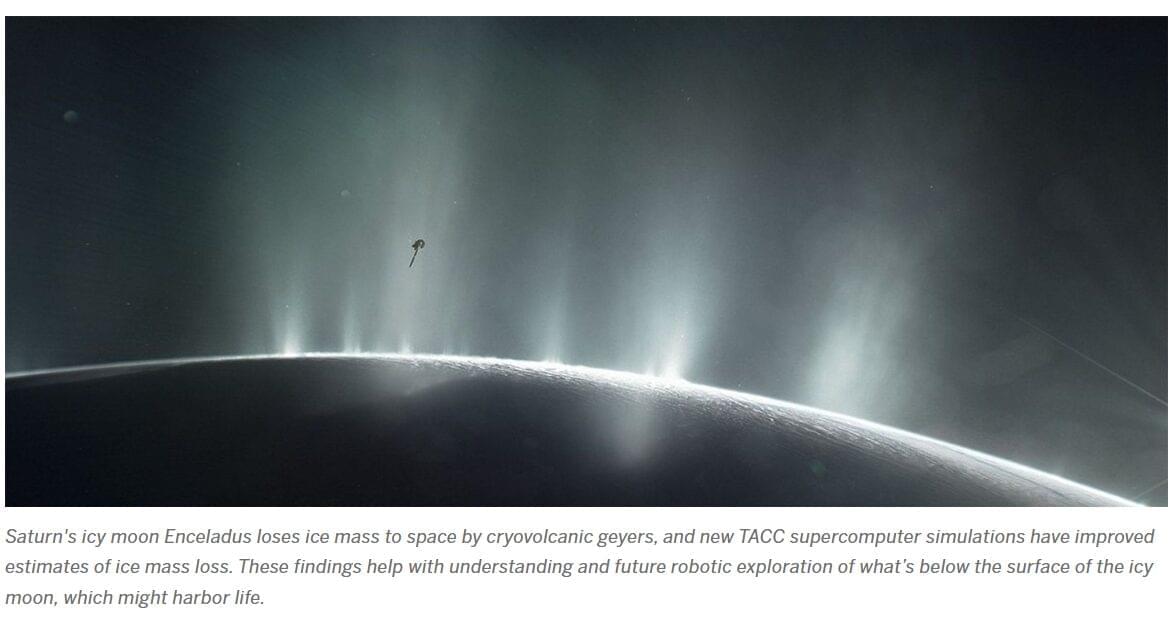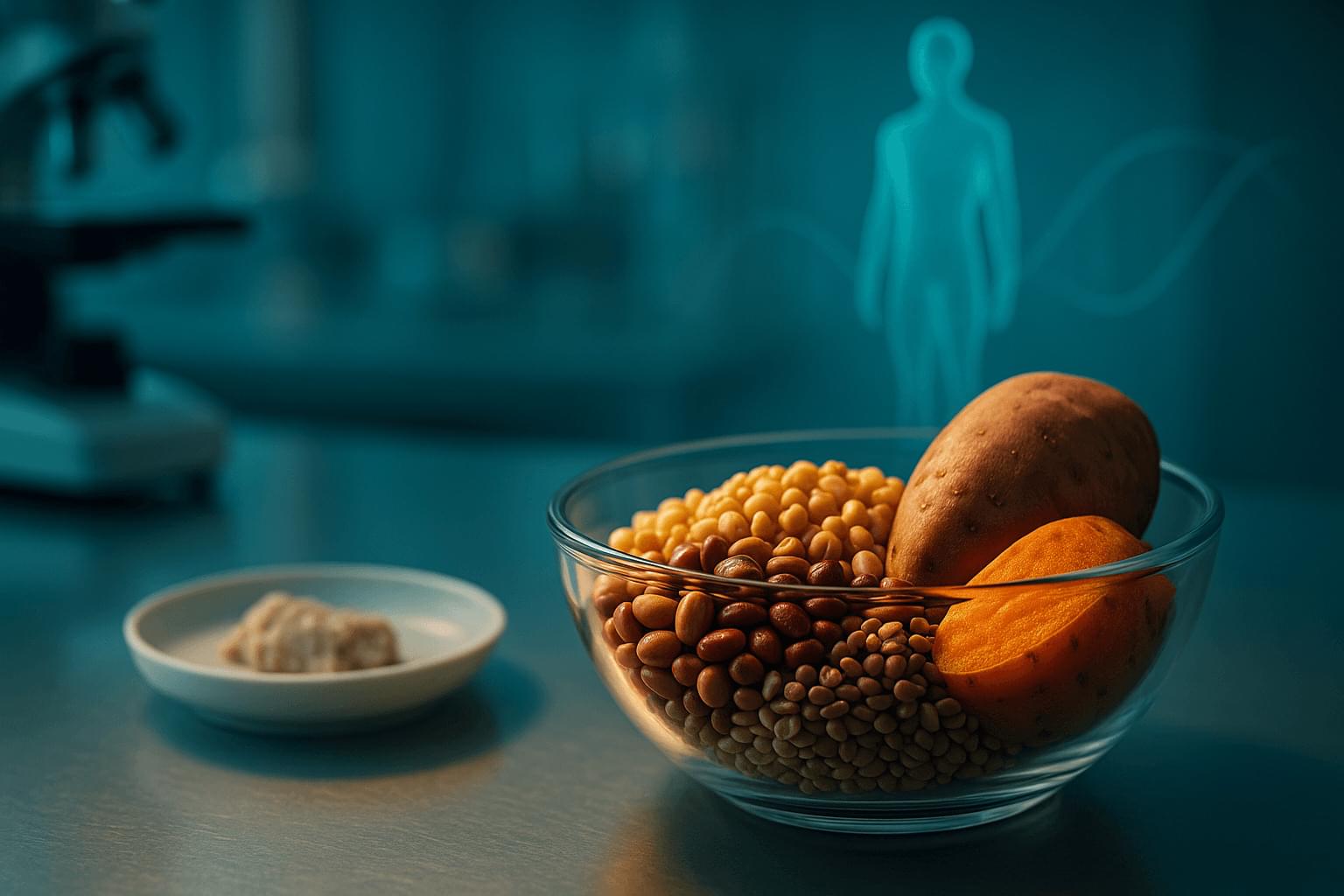But on a Monday afternoon in Boiling Springs, only one person showed up.
“It’s progress. That progress is slow,” Linda Bell, the state epidemiologist with the Department of Public Health, said during a recent press briefing. “We had hoped to see a more robust uptake than that in our mobile health units.”
As South Carolina tries to contain its measles outbreak, public health officials across the nation are concerned that the highly contagious virus is making a major comeback. The Centers for Disease Control and Prevention has tallied more than 1,700 measles cases and 45 outbreaks in 2025. The largest started in Texas, where hundreds of people were infected and two children died.
